The House Agriculture Committee continued its 2023 farm bill preparation with a hearing entitled “The Role of Climate Research in Supporting Agricultural Resiliency.” We agree climate research plays a vital role in supporting resilience in agriculture and will continue to do so in the future.
When developing policies and programs to benefit the climate, however, policymakers should ensure the cart is not put before the horse. The U.S. Department of Agriculture (USDA) is planning to spend $1 billion this year on a new Partnerships for Climate Smart Commodities program. This planned spending was announced last year, however, without Congressional authorization or approval. Research on the important role that agriculture can play in reducing greenhouse gas (GHG) emissions and improving soil carbon sequestration is still ongoing. There’s a chance this new program will further that research, but details and outcomes are still unknown. Several other questions remain to be answered – such as who will benefit, will taxpayer resources be distributed equitably, how will lessons learned be shared, etc.
Private markets that pay farmers to implement practices such as planting cover crops, reducing nitrogen fertilizer use, and reducing tillage are in their infancy. Some programs are beginning to pay farmers to change their production practices, but data collection on benefits, such as soil carbon sequestration for instance, are still ongoing.
Congress should take the prime opportunity that is the 2023 farm bill to further research on climate-beneficial agricultural practices. This research should inform future investments in farm bill-authorized agricultural conservation programs to ensure taxpayers are getting the best bang for their buck, in addition to maximizing public benefits for not only the climate, but also wildlife habitat and soil, water, and air quality. Federal investments can be prioritized toward areas with the greatest resource needs, and cost-share programs can help stretch taxpayer dollars further. Funding technical assistance, data collection and dissemination, university extension services, and agricultural research programs can also spread knowledge to more producers at a lower cost to taxpayers, particularly benefiting producers left out of traditional farm safety net programs.
Last but certainly not least is the elephant in the room – farm commodity and crop insurance subsidies. Congress mustn’t forget the role these programs play in incentivizing producers to, at times, plant on risk-prone land at taxpayer expense. Increasing risky production decisions – with the use of taxpayer dollars – works at cross purposes with conservation and climate resilience goals. If farm commodity and crop insurance subsidies are not reformed in the 2023 farm bill, progress toward climate outcomes will be minimized, or worse yet, wiped out. Opportunities exist to better align the two and ensure taxpayer support only kicks in when needed during years of extreme drought, for instance, with resilience measures built in to reduce the need for future dependence on federal subsidies.
Currently, farm bill spending is skewed toward farm subsidy and crop insurance programs, as opposed to conservation programs that can reduce the risk of crop losses, build long term soil health, and improve farmers’ bottom lines. In Fiscal Year 2022, the Congressional Budget Office (CBO) estimates farm commodity and crop insurance subsidies – which flow primarily to crops such as wheat, corn, soybeans, cotton, rice, and peanuts – will outnumber conservation program investments by a factor of three to one ($14 billion vs. $5 billion). Proposals to increase future spending more toward conservation and climate goals were included in the Build Back Better Act, the FY22 reconciliation bill, but they have not yet been enacted. (Please note the chart below doesn’t include other subsidies such as ad hoc disaster aid which also influences farm planting decisions and climate change).
In sum, progress on climate change will require more than dollars. It will also require change.

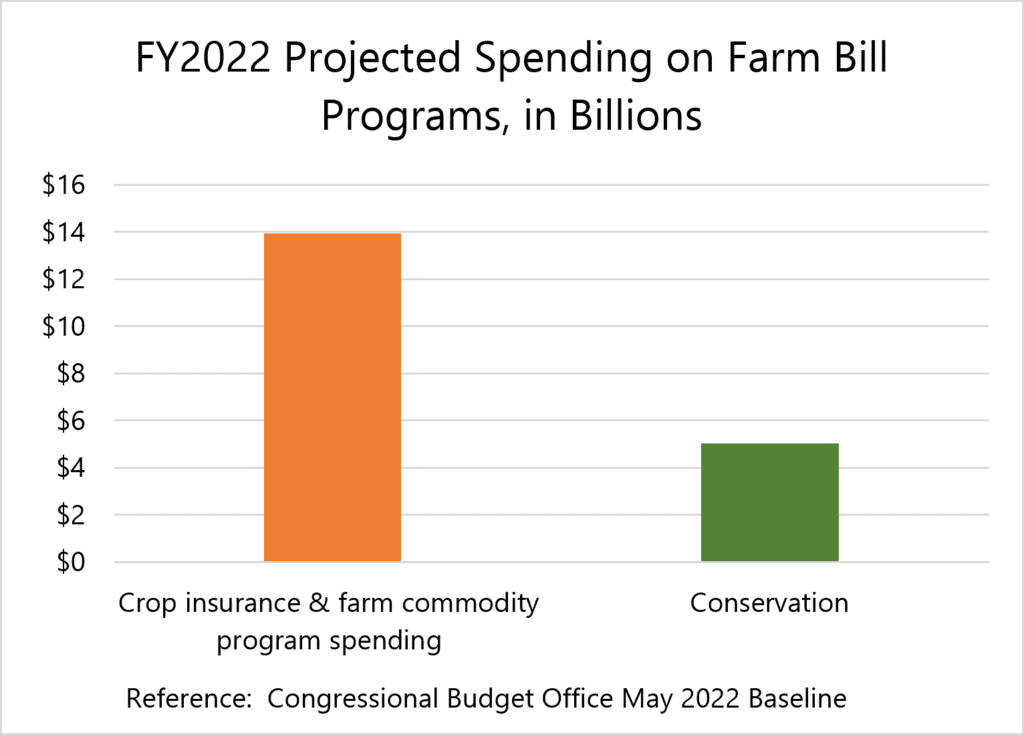
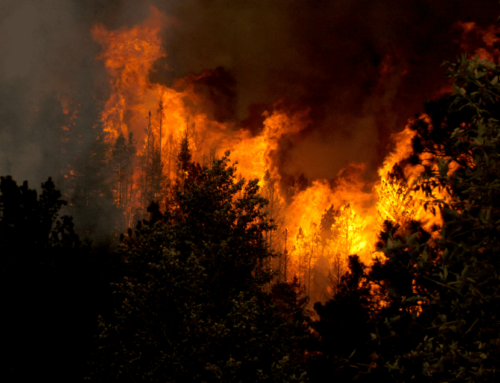


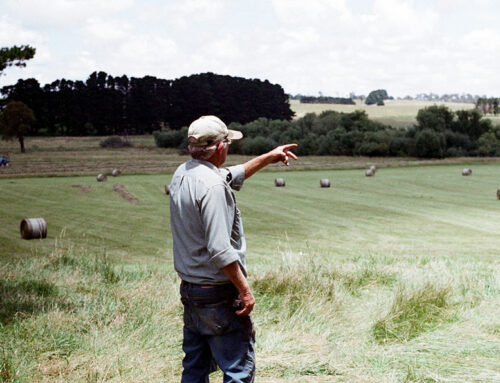

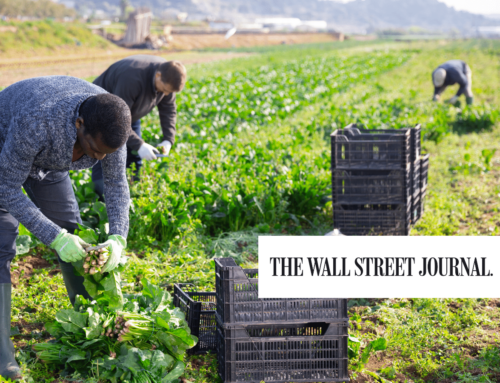

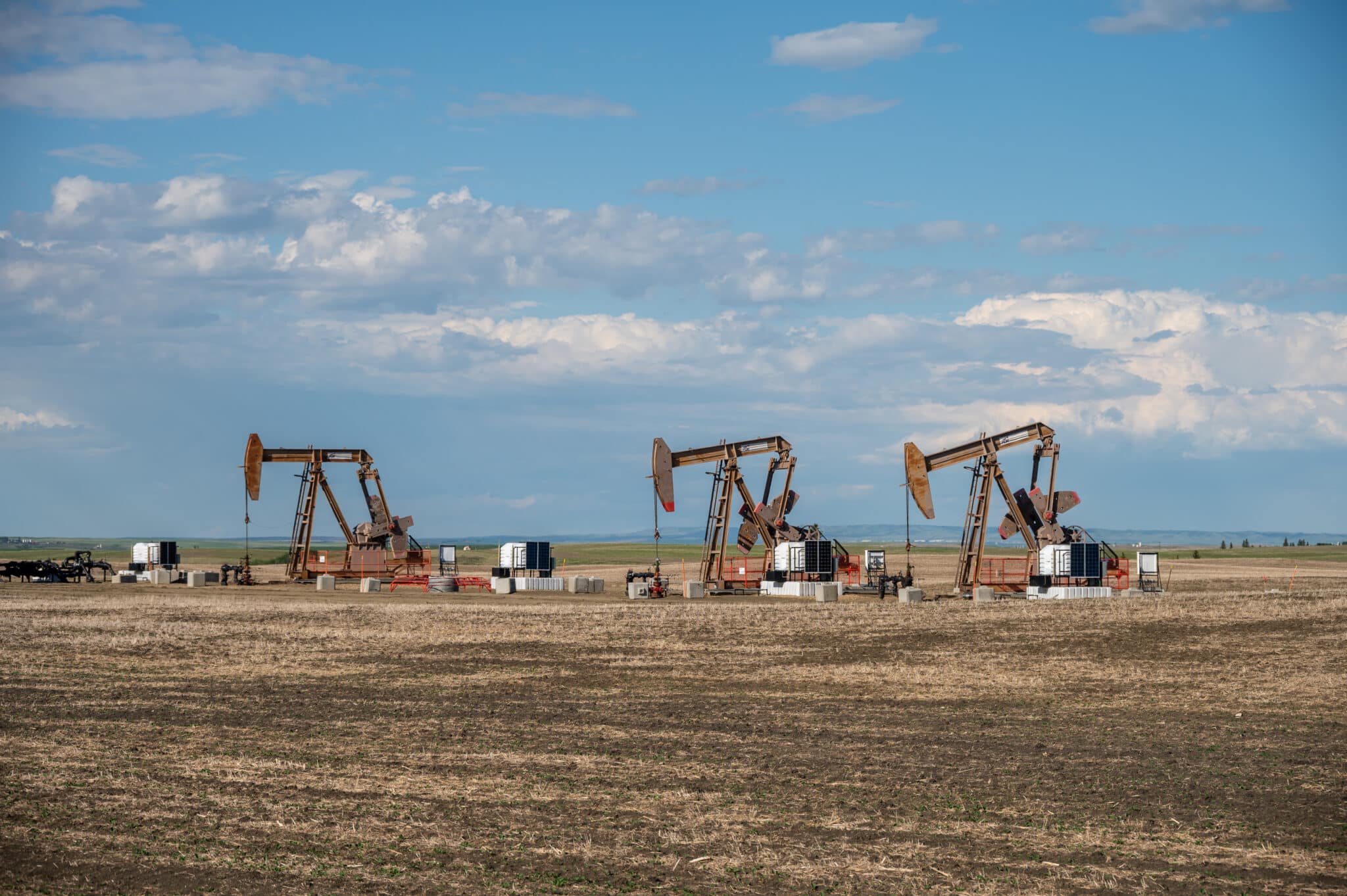


Get Social